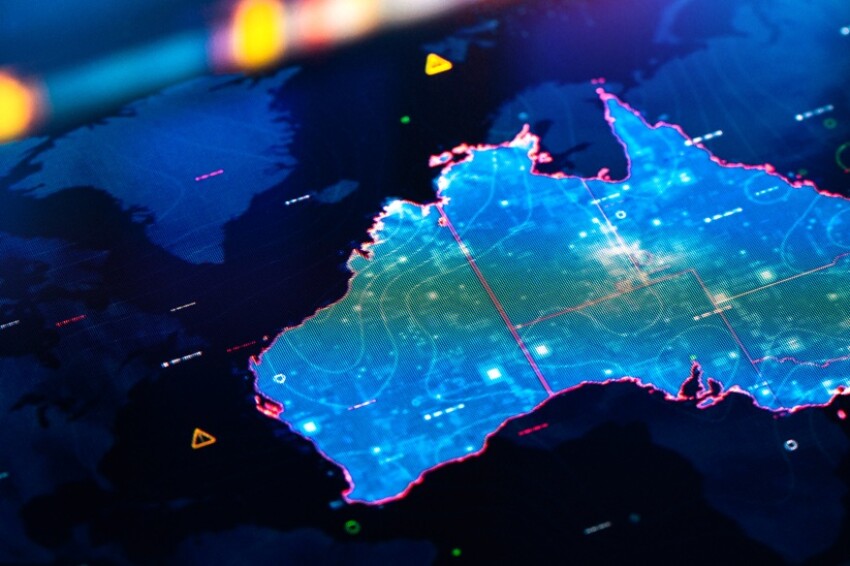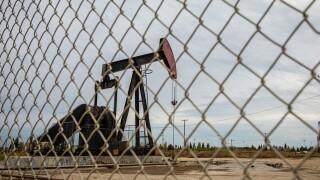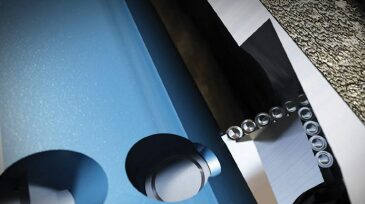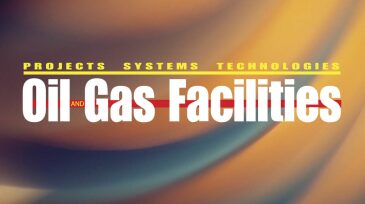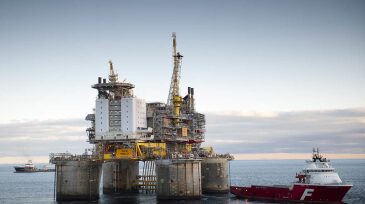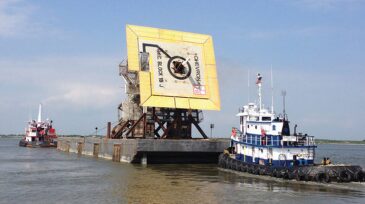Onshore/Offshore Facilities
Estimates commissioned by the Australian government suggest that increasing efficiency will lower costs for decommissioning offshore Australia.
This paper introduces an AI-driven digital fencing system designed to boost security in oil and gas fields. The main objectives are to improve security and safety of oil and gas facilities while addressing the limitations of legacy physical barriers, reducing false alarms, and eliminating the dependability on the grid in favor of renewable energy.
The contract will cover the design and manufacturing of tree systems, flexible flowlines, a manifold, and controls, as well as installation of the subsea production system.
-
Well plugging and abandoning on a limited budget is a lofty goal that forces the industry to consider new ways and new materials. Cost-effectively dealing with this global problem will require developing tools to carry out the decommissioning without bringing in a drilling rig.
-
This paper gives an overview of ongoing research activities on the subject of offshore use of composite flowlines, risers, and topside piping.
-
Growing world demand for natural gas will drive increases in capital expenditures on LNG through 2019.
-
Subsea power demand is growing to support various processing loads, including pumps and compressors. This paper presents a modular direct-current electrical-power system that is designed for use in a subsea field with medium or long step-out distance
-
Rice University has been working on effective models of phase behavior and asphaltene deposition as a path to improved design that can reduce this challenge for operators.
-
The SPE Separations Technology Technical Section (STTS) hosted a special session titled “Unlocking Hidden Production Potential in Existing and Mature Fields” during the recent ATCE.
-
While decommissioning is not new, the need is accelerating, along with cost and regulatory requirements. A panel at ATCE discussed the challenges in executing decommissioning projects.
-
A strong reason for removing old platforms from the Gulf of Mexico, rather than trying to squeeze more years of marginal production out of them, is hurricanes.
-
Much of the new technology development occurring now is aimed at finding better ways to sever the thick, tough steel structures and wellheads so that they can be removed.
-
When he started his firm focused on removing obsolete offshore structures, Brian Twomey chose the name: Reverse Engineering Services. The thinking was that taking out a structure is like building it, but in reverse.

